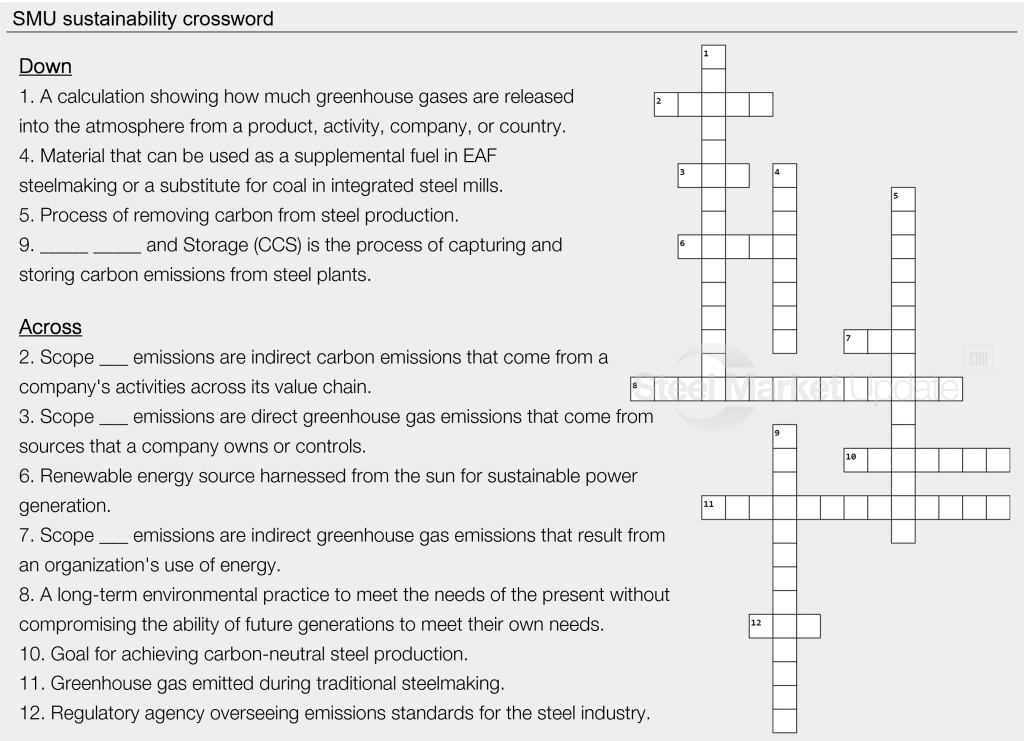Analysis
May 16, 2024
Final thoughts
Written by Brett Linton & Ethan Bernard
SMU had the pleasure of attending the American Iron and Steel Institute’s (AISI’s) annual general meeting in Washington this week. It was a slow week in our nation’s capital, so we were able to take a leisurely stroll around the National Mall and take in the sights.
Just kidding. In fact, the meeting coincided with significant trade actions announced by the Biden administration. It included, among other things, additional tariffs on Chinese steel and aluminum.
However, beyond tariffs and trade talk, the meeting also included exciting “green” developments. Lourenco Goncalves, Cleveland-Cliffs’ chairman, president, and CEO, and currently chairman of AISI, talked about hydrogen. “Coal fueled the first industrial revolution, and hydrogen will fuel the second industrial revolution,” he said at a press conference at the event.
Earlier this year, Cliffs completed a hydrogen injection trial at its Indiana Harbor No. 7 blast furnace in East Chicago, Ind.
Already the cleanest steel industry in the world, from hydrogen to carbon capture, to EAF steelmaking, the prospect of Net Zero is getting closer, and steel is getting greener.
So in the spirit of decarbonization, and to give the US industry a little pat on the back, we thought this week we’d focus our crossword lens on the issue of sustainability. And, for the record, we’d just like to note that no trees were harmed in the production of this puzzle. Enjoy!
This week in steel history
The Transcontinental Railroad was completed in 1869 as the final rail was placed in Promontory Point, Utah, on May 10. Previously a four- to six-month voyage by wagon, the railroad allowed passengers to cross the US in just seven days. Tickets started at $65 (nearly $1,500 today). More than 1,700 miles of track were laid, consisting of timber for railroad beams and iron and steel for tracks and spikes. The demand for steel for railroad tracks, bridges, and other infrastructure spurred the growth of the steel industry. This led to innovations in steelmaking processes and the establishment of steel mills across the country.
Crossword
Click here to attempt this week’s sustainability crossword.


Brett Linton
Read more from Brett Linton






